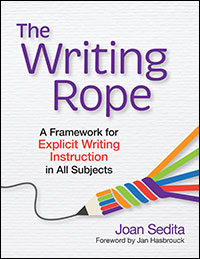 Strong writing skills are an essential component of student literacy achievement. Today we’re excited to feature a Q&A on writing instruction with Joan Sedita, author of the instant bestseller The Writing Rope. She’s here to answer six key questions about effective, explicit writing instruction and the evidence-based approach she lays out in her popular book.
Strong writing skills are an essential component of student literacy achievement. Today we’re excited to feature a Q&A on writing instruction with Joan Sedita, author of the instant bestseller The Writing Rope. She’s here to answer six key questions about effective, explicit writing instruction and the evidence-based approach she lays out in her popular book.
Why is it so important for students to write across subject areas?
English language arts teachers can’t do the job of teaching students how to write alone. While they play a key role in introducing various skills and strategies from all strands of The Writing Rope, the time spent in just one class is not sufficient for students to do enough writing and receive feedback to increase their writing ability.
Students should receive writing instruction and guided practice from teachers of all subjects so they can use learning to support content learning. Writing is an effective tool for enhancing students’ learning of content material for all subject areas (Graham et. al., 2016; Graham & Perin, 2007). The Writing to Read research report (Graham & Hebert, 2010) points out that writing about text students are reading supports reading comprehension, including summarizing, taking notes, analyzing text in writing, answering and generating questions in writing about text, and writing personal reactions to text. Simple quick-write tasks assigned a few times a week in every subject provides significant writing practice.
Does explicit instruction have a place in the writing block?
Absolutely! One of the seven teaching principles identified in The Writing Rope is explicit instruction of writing strategies. Explicit instruction involves using structured and sequenced steps to teach a specific skill or strategy. It includes explaining the skill or strategy and modeling how it is applied using think-aloud, and providing guided practice with feedback. Teaching students strategies for planning, revising and editing their writing has shown a dramatic effect on the quality of students’ writing (Graham & Perin, 2007).
The Gradual Release of Responsibility model (Pearson & Gallagher, 1983) is a hallmark of explicit instruction. It is sometimes referred to as an I do it, you do it, we do it approach to teaching. The use of mentor text as a writing model is also part of explicit writing instruction. Part of learning to write for different purposes is to emulate how others write. Examples of how others have incorporated a writing skill, strategy, or technique that is the target of instruction should be shown so students can explicitly emulate the style, language, or structure of that sample text.
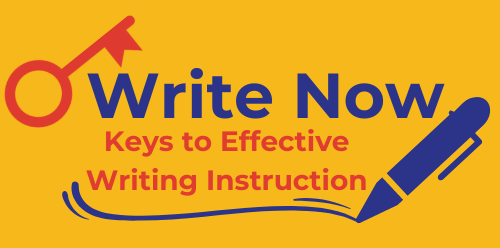
Keys to Literacy, founded by Joan Sedita in 2007, held its first annual virtual writing conference on November 15, 2024. The recorded sessions are available for purchase until the end of December.
What foundational skills are essential for being a skilled writer?
The skills related to the transcription strand are often described as “foundational” much in the same way that phonemic awareness and phonics are considered foundational reading skills. This includes spelling and handwriting or keyboarding. They are the skills needed to literally transcribe the words on the page.
There are many connections between reading and writing. They draw from the same well of oral language and involve many of the same language processes, with transcription as a good example. Phonics instruction supports reading (decoding) and spelling (encoding) of words. Syntactic awareness and sentence writing is also sometimes considered a foundational writing skill. One of the strands in The Writing Rope is devoted to sentences, and instructional practices such as sentence combining that support both writing and comprehension of sentences.
The best time to teach spelling in the elementary grades is during phonics lessons, following a systematic scope and sequence of phonics concepts. During the same phonics lesson, students should be practicing decoding and spelling words with the phonics pattern that is the focus of the lesson. For older students who still need spelling instruction, this will need to take place in an intervention setting. While we should strive to teach them to spell, older students also benefit from assistive technology such as speech-to-print and spell-check to support spelling while they write.
What are a few things a teacher could do to make an immediate difference in the writing ability of students?
Here are a few things teachers can do:
• Don’t assume students already have the skills and strategies identified in The Writing Rope. Learning to write, like learning to read, does not come naturally the way we learn to speak. Students need explicit instruction and guided practice to learn to write.
• Create a supportive environment where students feel comfortable composing. This includes providing scaffolds such as writing templates, graphic organizers, and word lists that enable all students to share what they have to say in writing.
• Because the sentence is a basic building block for all writing, provide explicit instruction for how to construct a complete sentence and how to expand and elaborate a basic sentence.
• Teach students the stages of the writing process: think, plan, write, revise. This includes learning that the time spent at the thinking stage (to gather information and ideas before writing) and the planning stage (determining how to organize what you want to say) is key to writing a quality draft, as is revising a draft for content in addition to proofreading for conventions. The stages of the writing process should be followed for any formal writing task.
What should a writing curriculum cover in a week or a term?
Instruction for all the skills and strategies identified in The Writing Rope. needs to continue throughout the school year, across every grade. It is not a linear scope and sequence the way phonics instruction is.
A curriculum can “chunk” instruction for some strands across the school year. For example, the structure for writing informational pieces might be the focus for the first part of the school year, followed by the structure for writing an opinion/argument piece for the next part of the year.
Similarly, different writing craft techniques can be organized across the school year. For example, using dialogue between characters in narrative writing tasks might be the focus one week, and using a metaphor the next week. Other strategies, such as taking notes, writing summaries, or writing elaborated sentences, should be practiced throughout the year.
How should writing be assessed? What is best practice?
Unfortunately, there are no simple curriculum-based measurements that quickly and easily assess student writing. There are some assessments that measure things such as how many words students write within a given time frame, but this type of assessment only gives a measure of stamina and how much students can write. It does not provide information about the quality of student writing or guidance about the writing instruction needs of a particular student.
Analyzing a student writing sample is the best type of formative assessment. Drawing from the components of The Writing Rope., teachers should look for the quality of the following: sentence structure, paragraph structure, overall structure (introduction, body development, conclusion), use of transitions, use of appropriate and precise vocabulary, and clarity of the message or content being conveyed. A pattern of spelling or punctuation errors can also be noted. The prompt for the writing sample should be one that does not require background knowledge about a topic the student might not have, enabling them to focus on composing.
For a complete, practical guide to The Writing Rope., add Joan Sedita’s book to your professional library. And check out her Keys to Literacy Free Resources website, which has an extensive collection of videos, archived webinars, articles, and templates/printables that you can access for free.
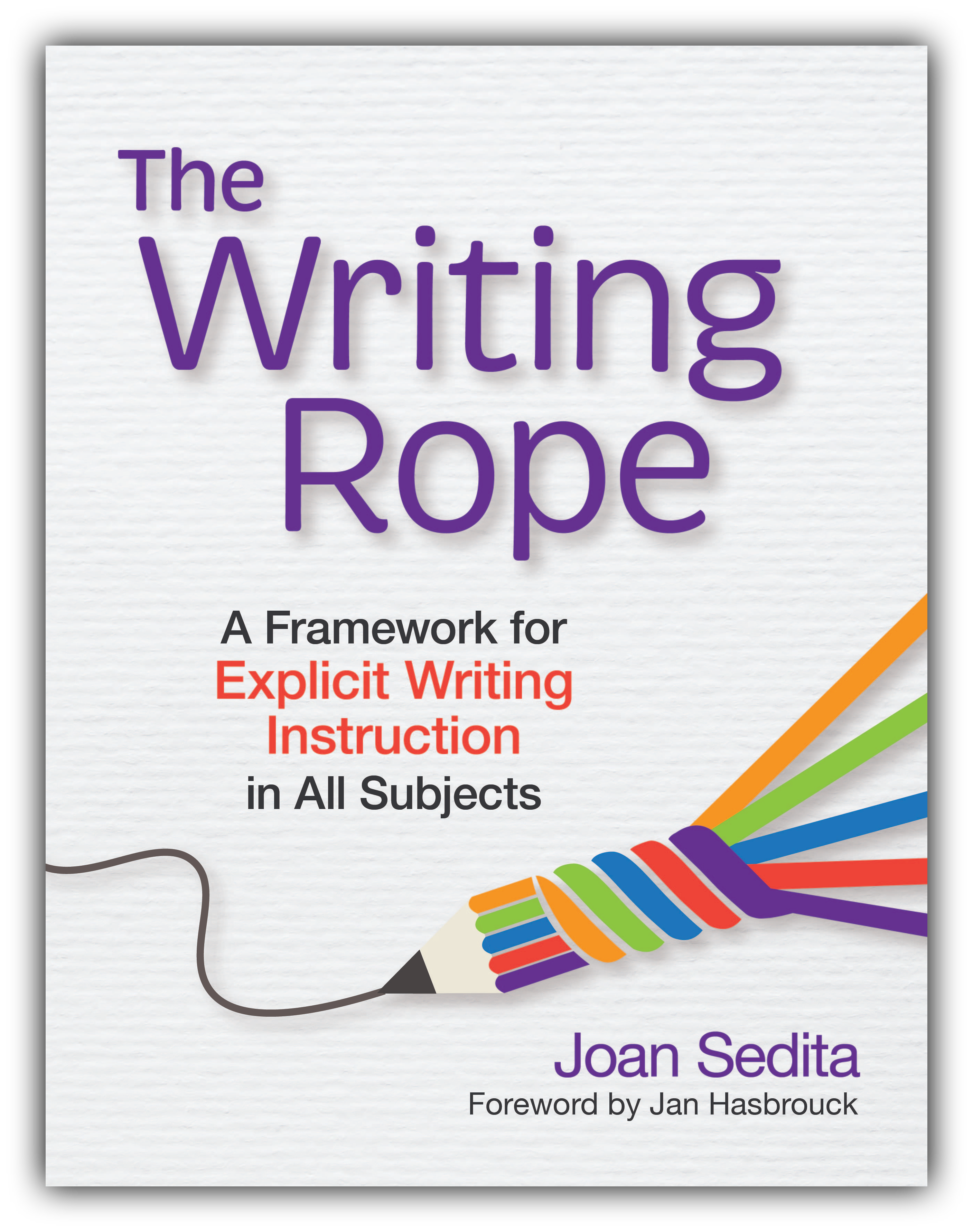
The Writing Rope
A Framework for Explicit Writing Instruction in All Subjects
By Joan Sedita, M.Ed.
“Joan Sedita hit it out of the park with this amazing book...teacher-friendly and incredibly usable for language arts educators and other subject matter specialists.”—Linda Diamond, co-author of Teaching Reading Sourcebook and Vocabulary Handbook
References/Further Reading
Graham, S., & Perin, D. (2007). Writing next: Effective strategies to improve the writing of adolescents in middle and high schools – A report to Carnegie Corporation of New York. Washington, DC: Alliance for Excellent Education.
Graham, S.. and Hebert, M.A. (2010). Writing to read: Evidence for how writing can improve reading. A Carnegie Corporation Time to Act Report. Washington, DC: Alliance for Excellent Education.
Graham, S., Bruch, J., Fitzgerald, J., Friedrich, L., Furgeson, J., Greene, K., Kim, J., Lyskawa, J., Olson, C.B., & Smither Wulsin, C. (2016). Teaching secondary students to write effectively (NCEE 2017-4002). Washington, DC: National Center for Education Evaluation and Regional Assistance (NCEE), Institute of Education Sciences, U.S. Department of Education.
National Institute of Child Health and Human Development. (2000). Report of the National Reading Panel. Teaching children to read: An evidence-based assessment of the scientific research literature on reading and its implications for reading instruction (NIH Publication No. 00-4769). Washington, DC: U.S. Government Printing Office.
Pearson, P.E., & Gallagher, M.C. (1983). The instruction of reading comprehension. Contemporary Educational Psychology, 8, 317-344.
Scarborough, H. (2001). Connecting early language and literacy to later reading (dis)abilities: Evidence, theory, and practice. In S.B. Neuman & D.K. Dickinson (Eds.), Handbook of early literacy research (pp. 97-110). New York: Guilford Press.
Stay up to date on the latest posts, news, strategies, and more!
Sign up for one of our FREE newslettersMore posts like this
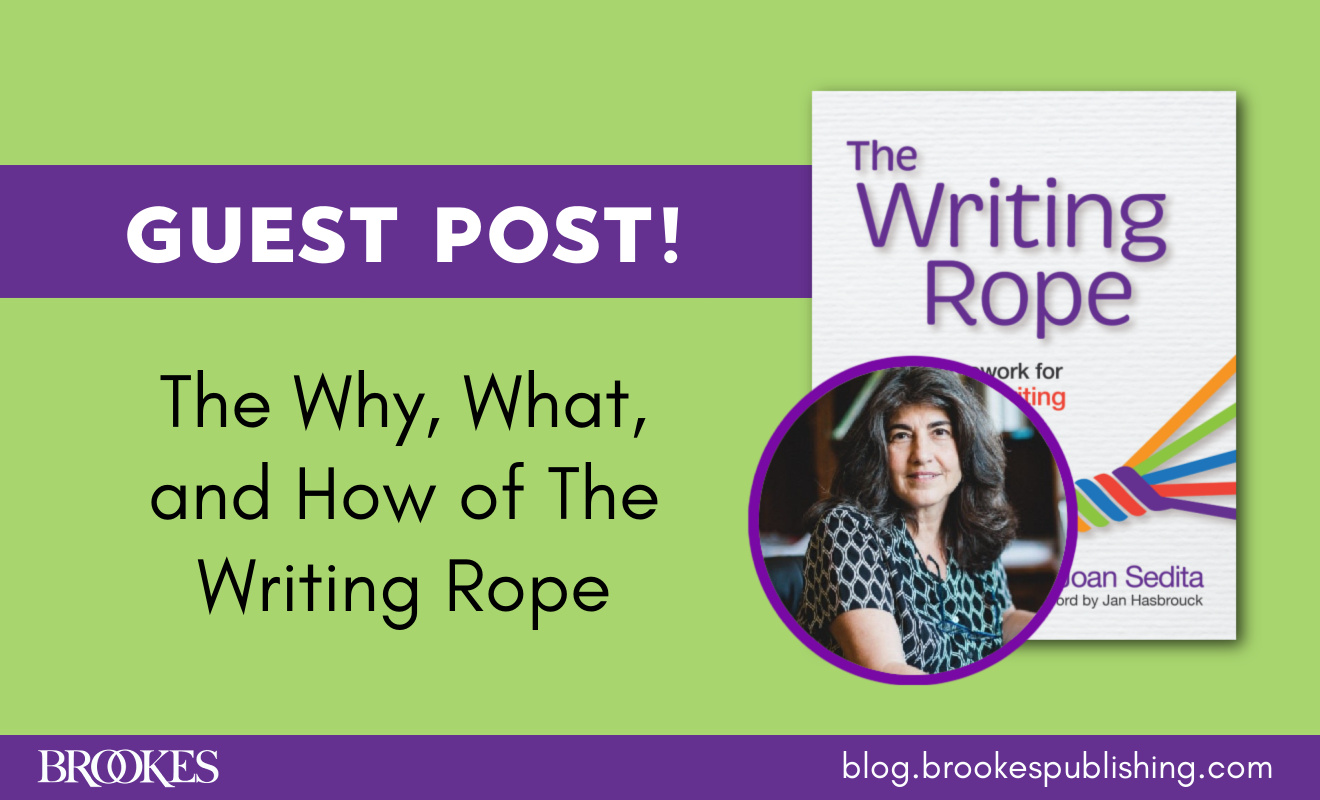
The Why, What, and How of The Writing Rope
October 3, 2024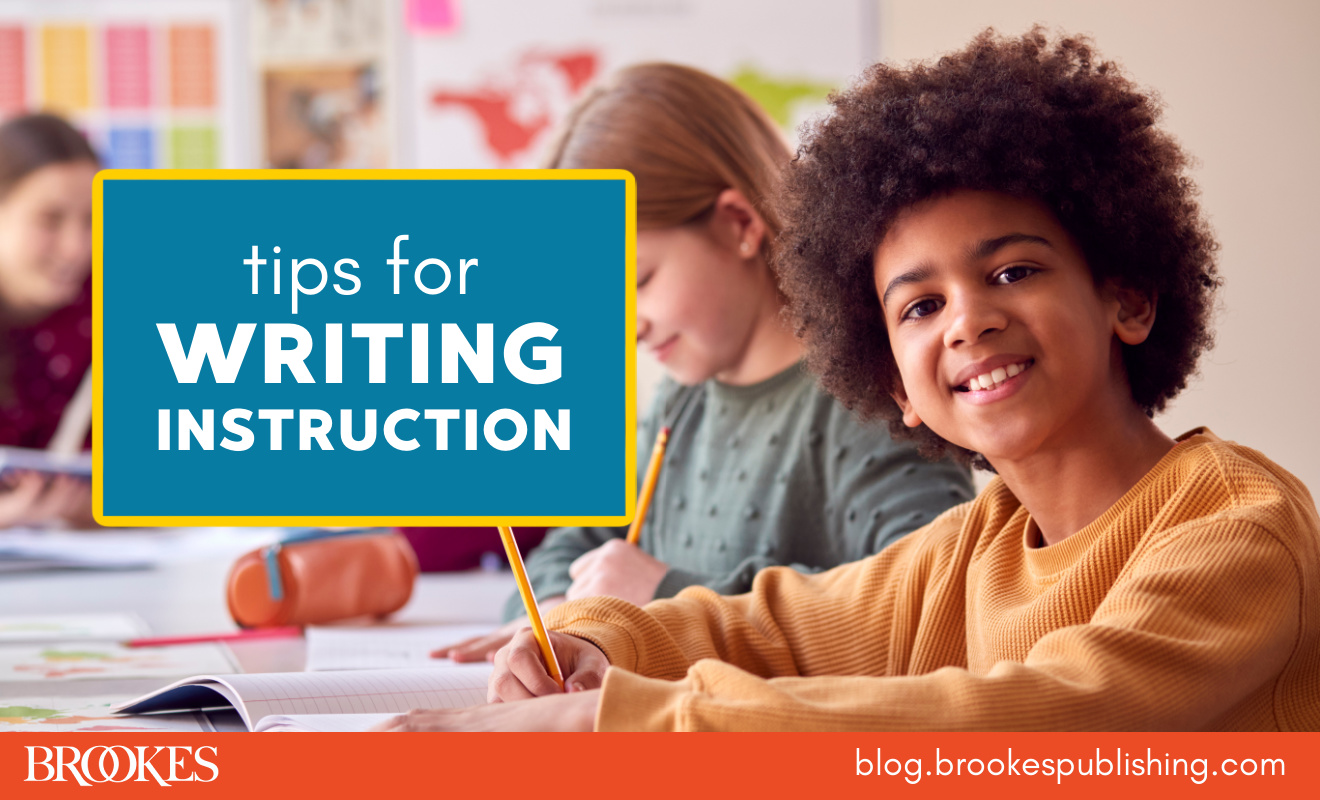
Teacher Tips: How to Use Mentor Text as Student Writing Models
July 4, 2024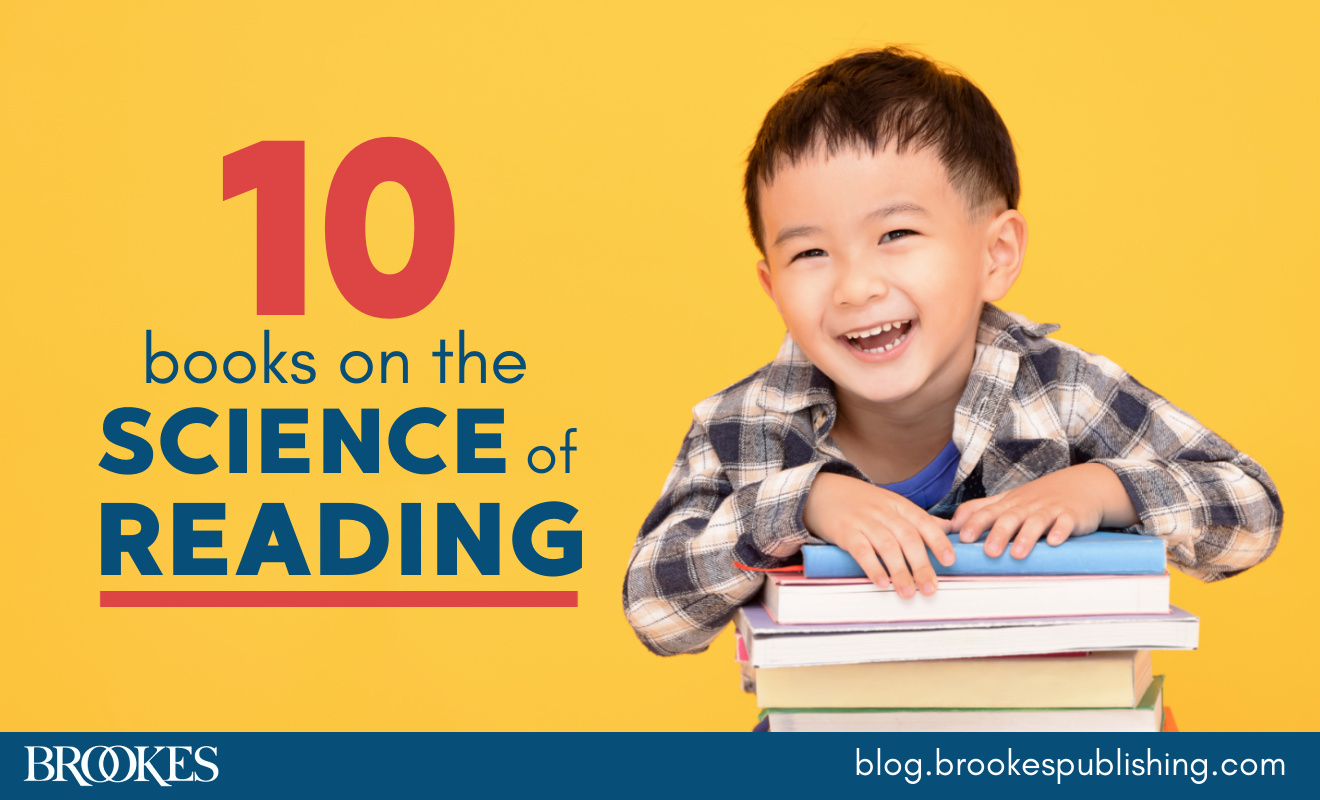

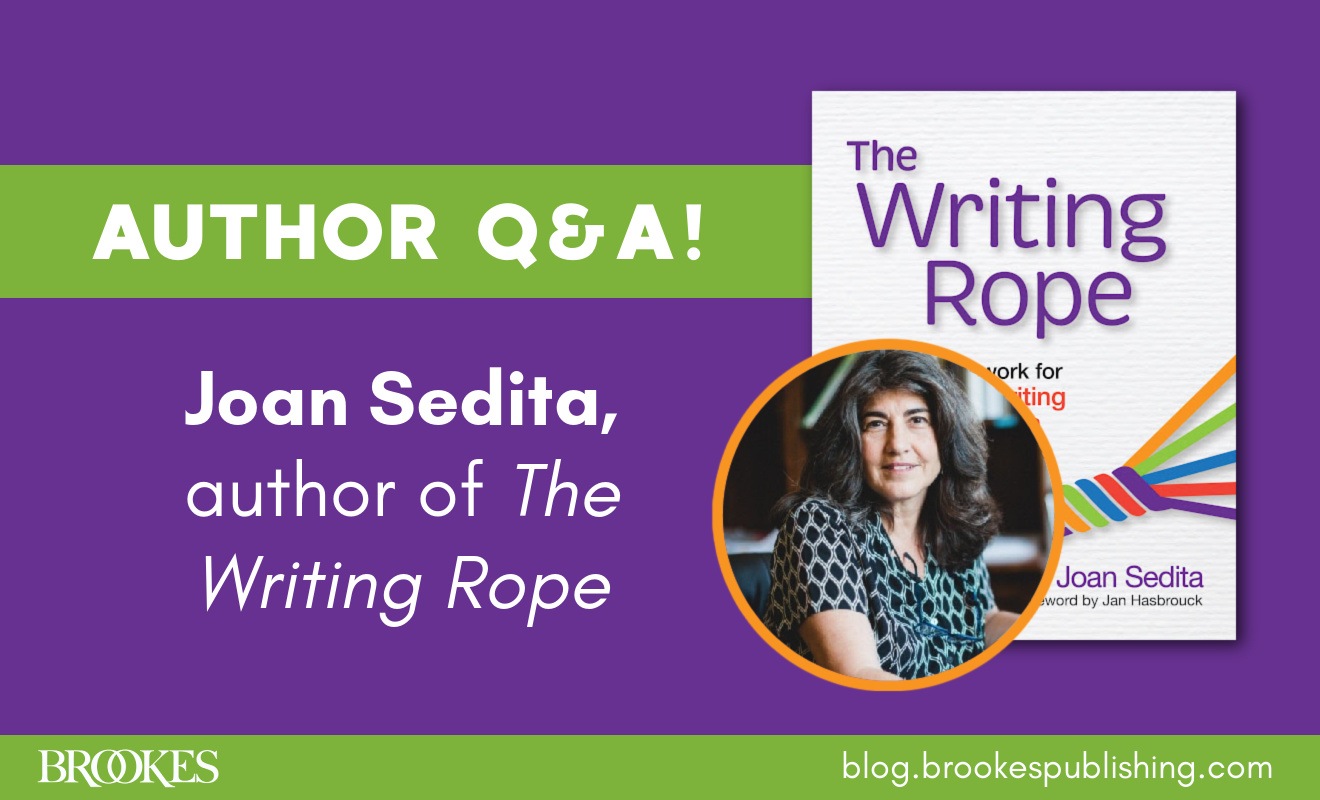
Write a Comment
Your email address will not be published. Required fields are marked *
Post a Comment